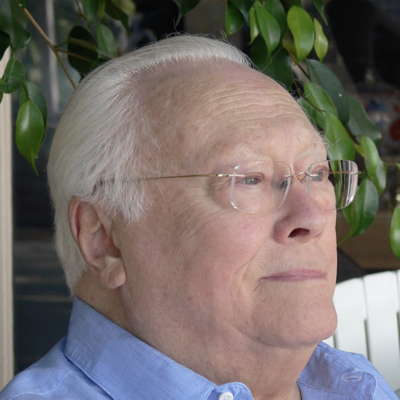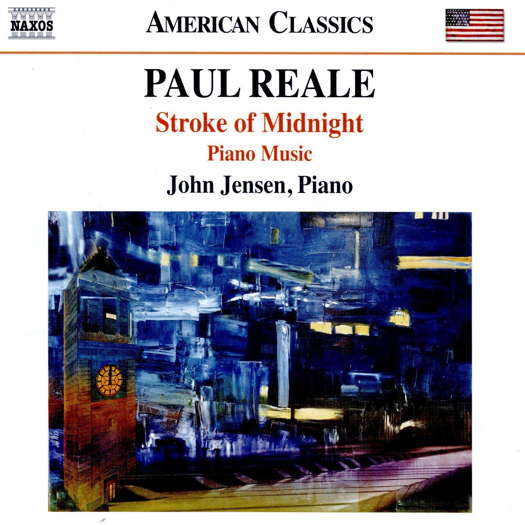- Sono Luminus
- Mark Stone
- Werner Herbers
- Die Walküre
- Elgar: There is sweet music
- Lancastria
- Frans Vester
- Funchal
 VIDEO PODCAST: Find out about composers from unusual places, including Gerard Schurmann, Giya Kancheli, Nazib Zhiganov and Nodar Gabunia, about singing in cars, and meet Jim Hutton from the RLPO and some of our regular contributors.
VIDEO PODCAST: Find out about composers from unusual places, including Gerard Schurmann, Giya Kancheli, Nazib Zhiganov and Nodar Gabunia, about singing in cars, and meet Jim Hutton from the RLPO and some of our regular contributors.
 DISCUSSION: What is a work? John Dante Prevedini leads a discussion about The performing artist as co-creator, including contributions from Halida Dinova, Yekaterina Lebedeva, Béla Hartmann, David Arditti and Stephen Francis Vasta.
DISCUSSION: What is a work? John Dante Prevedini leads a discussion about The performing artist as co-creator, including contributions from Halida Dinova, Yekaterina Lebedeva, Béla Hartmann, David Arditti and Stephen Francis Vasta.

A Fascinating Insight
GEOFF PEARCE enjoys piano music by the late Paul Reale, played by John Jensen
'The composer regarded Jensen as his ideal interpreter ...'
This is another interesting disc released by Naxos of the composer Paul Reale (1943-2020). It comprises three piano sonatas and a couple of small pieces. It provides a fascinating insight into the music of this award-winning American composer.
The first work is the four-movement Piano Sonata No 5 in A, originally conceived in 1988-89 and revised in 2019. It is based loosely on a scenario, but the composer states that it is by no means programme music. On listening to it, I find it more a reflection of contrasting emotions. This is quite a substantial work, taking over 29 minutes to perform. The first movement, '... At First Sight', goes through a considerable number of contrasting styles, some melodic and tender, others more rhythmic and emphatic. There are elements of jazz in some of them but the movement, a series of fragments, never really settles into one particular style for long.
Listen — Paul Reale: ... At First Sight (Piano Sonata No 5)
(track 1, 4:06-4:51) © 2020 Naxos Rights (Europe) Ltd :
The second movement, 'Touch', starts tentatively and tenderly, gradually expanding into some longer melodic passages. Some hint at a rising passion but then subside; others are peaceful and reflective.
The third movement, 'Cannot Be', is livelier and somewhat angular, perhaps giving a feeling of impassioned frustration. There is a section with rising sequences that repeats; a tender tune separates this, and tries to assert itself but, one feels, to no avail.
The last movement, 'Happily Ever ...', begins with a rhythmic melodic fragment and then a melody emerges, but this fragments then grows again. The music, whilst still of a somewhat fragmentary nature, with lots of tunes in a popular style emerging but not really completing, is, in overall effect, a resolution of the earlier movements.
The next work, Chocolate Soccer Ball (2018), was inspired by a confectionary that the composer was unable to eat because of an illness, but the desire was there. It is an odd little work and quite entertaining.
Listen — Paul Reale: Chocolate Soccer Ball
(track 5, 2:12-2:36) © 2020 Naxos Rights (Europe) Ltd :
This is followed by Piano Sonata No 10, Sonata Piazzollana (2010/2019). This is an interesting work, inspired by the works of Astor Piazzolla.
The first movement, 'Alberto of Barracas', refers to Ginastera, a composer who was a major influence on Piazzolla. This work is rhythmic with a tender melodic section that gradually builds but subsides until the coda that ends the movement triumphantly but leaving a big question mark at the end.
Listen — Paul Reale: Alberto of Barracas (Sonata Piazzollana)
(track 6, 4:17-4:52) © 2020 Naxos Rights (Europe) Ltd :
The second movement, 'Waltz', opens with an introduction out of which the waltz emerges. It is tender, nostalgic and give me a strong impression of Piazzolla's tender side. In places there is a feeling of improvisation.
The last movement, 'Waldorf Astoria', suggests the essence of New York sophistication. The music reminds one of Piazzolla again, with that easy style that always surprises with its complexity, as one never knows where it might end up.
Concert Étude No 2 (2008) is a truly virtuosic study - a palate cleanser from the previous work.
Listen — Paul Reale: Concert Étude No 2
(track 9, 4:07-5:01) © 2020 Naxos Rights (Europe) Ltd :
The next work is a three movement sonata, No 12 of Reale's Piano Sonatas. Composed in 2019, it is entitled Stroke of Midnight.
The first movement, 'Dusk', is bold at the opening but this subsides to a darker quieter mood later. The composer makes reference to the ticking and chiming of a clock, or perhaps distant church bells.
The second movement, 'Nightfall', is slower but somewhat unsettled, building on the similar nature of the previous movement. It becomes more impassioned in places but this always gives way to a veiled, almost spooky, atmosphere, from which occasionally shadowy figures emerge. The clock is always in the background ...
Listen — Paul Reale: Nightfall (Piano Sonata Np 12)
(track 11, 3:34-4:21) © 2020 Naxos Rights (Europe) Ltd :
The last movement, 'Midnight', is pretty much a more emphatic mood from the previous movements, with the clock still present at times. Although more emphatic in places, there is also the unsettling feeling that has pervaded this whole work. This is partly because you cannot predict what is going to come next, and there are some surprising turns and twists on this journey. The music ends in a more optimistic, brighter fashion than when it started, as if the darker fears have been vanquished.
The last work, Beethoven for the Brain Dead, is an enjoyable, light-hearted journey through twenty of Beethoven's more well known works, playing on the fact that Beethoven was the master of the surprise cadence. It is a truly fitting end to this disc.
Listen — Paul Reale: Beethoven for the Brain Dead
(track 13, 2:40-3:31) © 2020 Naxos Rights (Europe) Ltd :
John Jensen, the pianist who performs these pieces, worked with Paul Reale most of his composing life. The composer regarded Jensen as his ideal interpreter, somewhat like the partnership between Samuel Barber and John Browning. I enjoyed listening to this collaboration very much.
I was saddened to hear of the very recent death of Paul Reale. I have enjoyed reviewing the discs I have heard and admire his interesting, sometimes quirky, but very listenable music. He will be sadly missed. I pass my condolences to his family and friends.
Copyright © 29 July 2020
Geoff Pearce,
Sydney, Australia

CD INFORMATION - PAUL REALE: STROKE OF MIDNIGHT
FURTHER INFORMATION - PAUL REALE


